In response to a surge in drone sightings near airports, the Federal Aviation Administration (FAA) will begin a two-week drone-detection testing program in Cape May, New Jersey, starting April 14, 2025, according to a Reuters report. This initiative follows heightened public concern and incidents that have disrupted aviation safety, aiming to evaluate advanced detection technologies while ensuring they do not interfere with aircraft navigation systems.
A Surge in Drone Sightings Sparks Action
Last year, New Jersey and neighboring states experienced a wave of reported drone sightings, particularly near critical infrastructure and airports. The FAA noted over 100 drone-sighting reports monthly near airports, a figure that underscores the growing challenge of managing unmanned aerial systems (UAS) in busy airspace. The frenzy led to dangerous behavior, including a spike in laser-pointing incidents targeting manned aircraft, which the FAA described as a significant safety hazard.
The FAA’s testing in Cape May will involve operating several large drones alongside approximately 100 commercial off-the-shelf (COTS) drones. The agency has explicitly advised recreational pilots to avoid flying in the test area during this period, emphasizing the need for controlled conditions to assess detection systems accurately.
Technical Scope of the Testing Program
The FAA’s Center of Excellence for UAS Research (ASSURE) will lead the testing, with participation from the Delaware River Bay Authority Police and local First Responders. Conducted over water and near the Cape May Ferry Terminal during daytime hours on weekdays, the program aims to simulate real-world scenarios where drones operate in proximity to sensitive airspace.
“These tests will help determine the effectiveness of these technologies and whether they might interfere with FAA or aircraft navigation systems,” the FAA stated in its announcement.
This focus on compatibility is critical, as any detection system must integrate seamlessly with existing air traffic control infrastructure without introducing new risks.
The choice of Cape May, a coastal location with relatively open airspace, allows for controlled testing away from densely populated areas. However, the inclusion of both large drones and COTS models reflects the diverse UAS ecosystem, ranging from hobbyist quadcopters to industrial-grade platforms. This diversity poses unique challenges for detection systems, which must distinguish between lawful and unauthorized operations in real time.
Industry Context: A Growing Need for Counter-UAS Solutions
The rise in drone sightings aligns with the rapid expansion of the UAS market. Over one million drones are registered with the FAA, with thousands operating daily for commercial, recreational, and law enforcement purposes. While most operate lawfully, the potential for misuse—intentional or accidental—has prompted calls for robust counter-UAS technologies.
Previous incidents, such as temporary flight bans over critical infrastructure in New Jersey and New York in 2024, highlight the stakes. The FAA’s response at the time was precautionary, driven by public and lawmaker concerns rather than confirmed threats.
A joint statement from the FBI and Department of Homeland Security (DHS) in December 2024 clarified, “It appears that many of the reported sightings are actually manned aircraft, operating lawfully. There are no reported or confirmed drone sightings in any restricted airspace.”
This misidentification underscores a key challenge: distinguishing drones from other airborne objects, such as helicopters, fixed-wing aircraft, or even stars. Advanced detection systems must leverage radar, radio frequency (RF) analysis, and optical sensors to provide accurate data without overwhelming air traffic controllers.
Regulatory and Policy Implications
The FAA’s testing program arrives amid ongoing debates over UAS regulation. In 2024, the Biden administration urged Congress to expand counter-drone authorities, citing the need to protect airports and critical infrastructure. While no major legislation was passed before the administration’s end, the issue remains a priority under the current leadership.
In January 2025, the White House downplayed earlier concerns, stating, “In time, it got worse due to curiosity. This was not the enemy.”
This shift in tone suggests a focus on public Education and technological solutions rather than alarmist rhetoric. However, the FAA’s proactive testing indicates that regulators are not complacent, recognizing that even benign drones can disrupt aviation if not properly managed.
The FAA’s authority to ban drone flights, as seen in 2024 over 22 New Jersey utility sites (approximately 35.4 kilometers of restricted airspace), demonstrates its ability to act swiftly. Yet, permanent solutions require a balance between enabling innovation and ensuring safety. The Cape May tests could inform future policies, potentially standardizing detection technologies across U.S. airports.
Market Impact: Opportunities and Challenges
For the UAS industry, the FAA’s initiative signals both opportunity and scrutiny. Companies developing counter-UAS systems, such as Dedrone or AeroDefense, may see increased demand if the tests validate their technologies. These systems typically integrate RF detection, machine learning, and drone tracking to identify unauthorized UAS, offering scalable solutions for airports and beyond.
However, the testing also highlights the need for manufacturers to ensure their drones comply with identification protocols, such as Remote ID, mandated by the FAA since 2023. Non-compliant drones risk being flagged as threats, potentially stifling innovation if regulations become overly restrictive.
From a market perspective, the global counter-UAS market is projected to grow significantly, with estimates suggesting a valuation of $2.5 billion by 2030 (approximately 2.3 billion EUR). The FAA’s findings could accelerate adoption in the U.S., positioning it as a leader in safe UAS integration.
DroneXL’s Take: Balancing Innovation with Accountability
The FAA’s drone-detection testing in Cape May is a pragmatic step toward addressing a complex issue. For DroneXL readers the initiative underscores the importance of responsible flying. The surge in sightings last year wasn’t driven by malice but by a lack of awareness and, in some cases, misidentification. This reality should prompt the UAS community to advocate for clear communication and adherence to regulations like Remote ID.
Yet, we must approach the push for counter-UAS systems with cautious optimism. While safety is paramount, overly aggressive detection measures could inadvertently penalize lawful operators, particularly in rural areas where airspace conflicts are less common. The FAA’s focus on compatibility with navigation systems is encouraging, but we hope the agency will also prioritize transparency, sharing test results to build trust with the public and industry.
For all drone pilots, the tests highlight the need to stay informed about temporary flight restrictions (TFRs) and maintain rigorous pre-flight checks. Recreational users, meanwhile, should view this as a reminder to fly within designated areas and avoid sensitive airspace, around airports and prison facilities.
Ultimately, the Cape May program could set a precedent for how the U.S. manages its skies as drones become ubiquitous. By fostering collaboration between regulators, industry, and pilots, the FAA has an opportunity to ensure that innovation thrives without compromising safety.
Discover more from DroneXL.co
Subscribe to get the latest posts sent to your email.
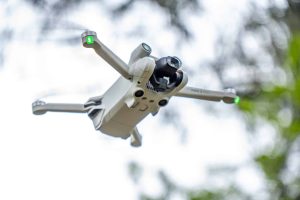


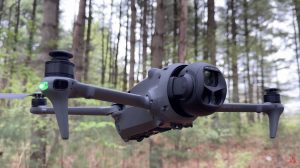


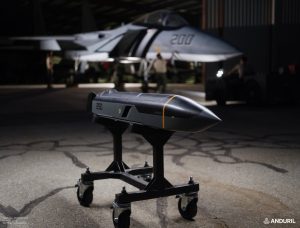
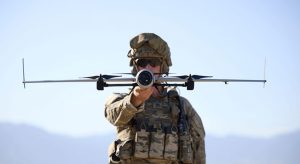
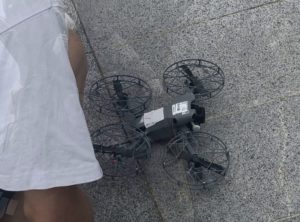

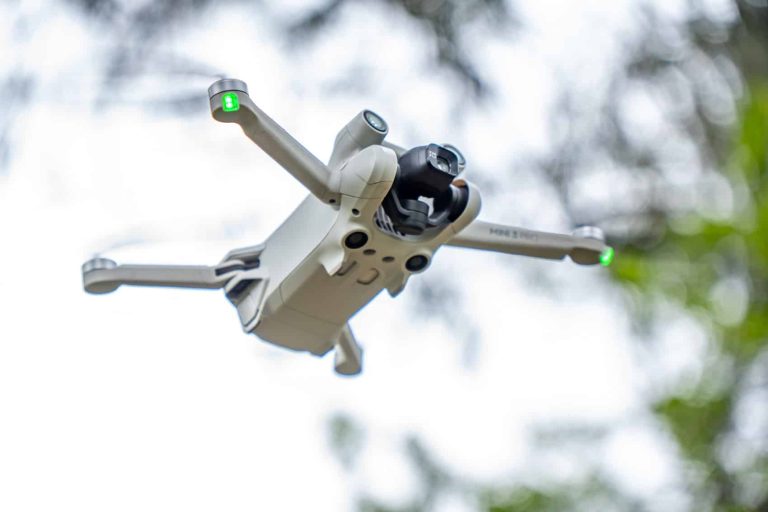
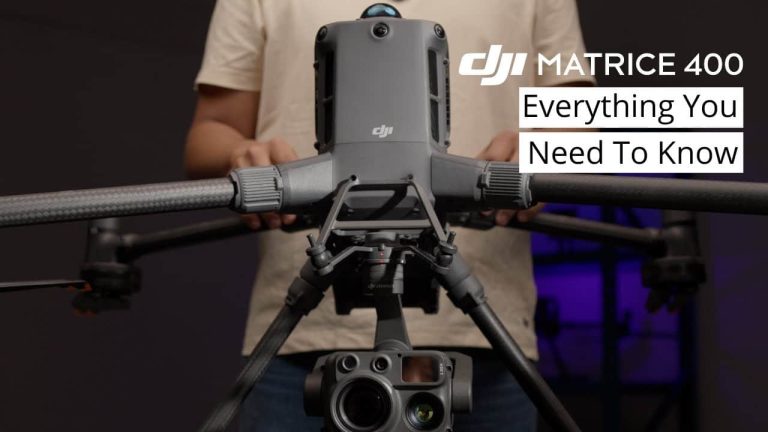

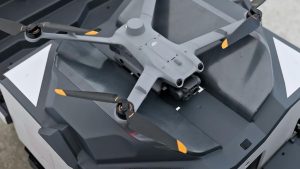

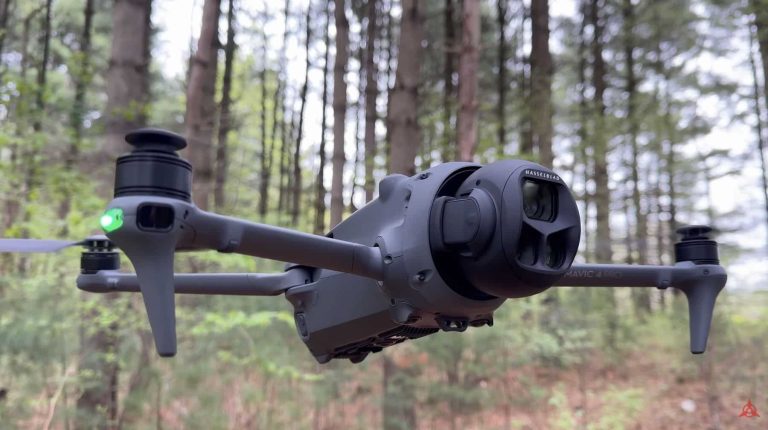


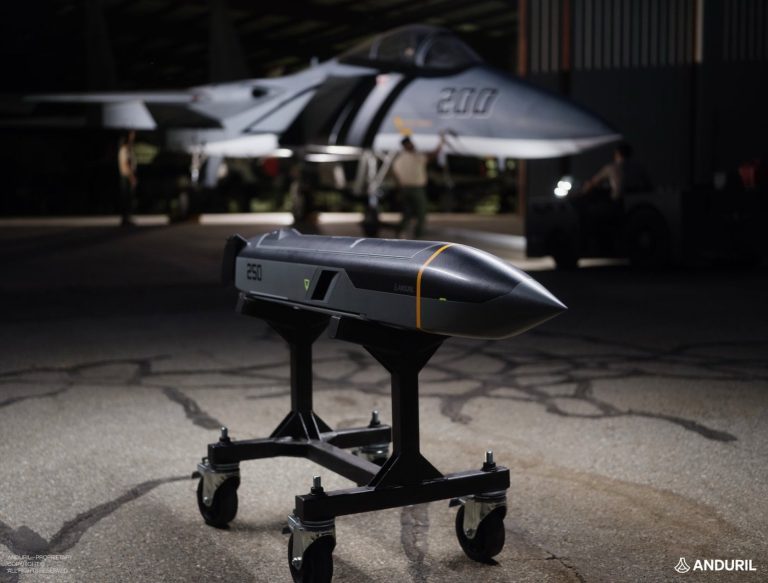
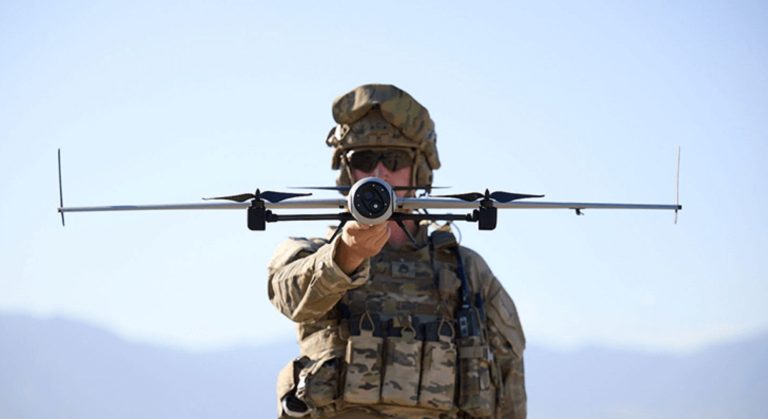
+ There are no comments
Add yours